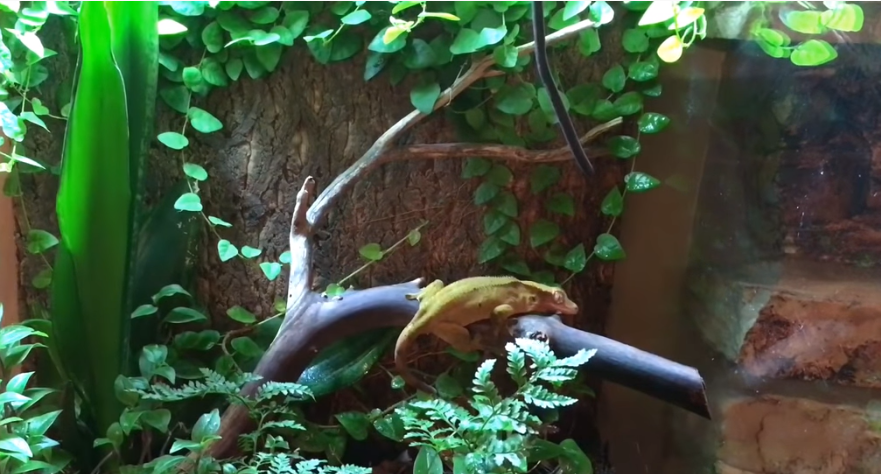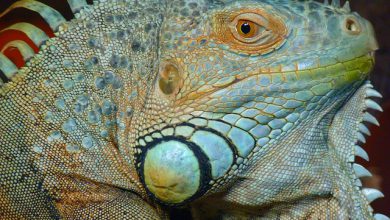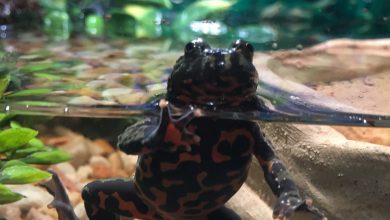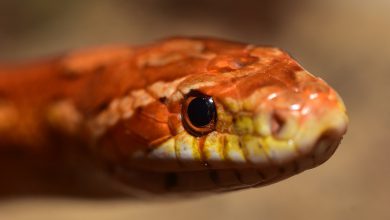The Quick and Dirty Guide to Bioactive Substrate

Image courtesy of Aquarimax Pets
Do you want a terrarium setup that looks more natural and beautiful, as well as being easy to maintain?
Then a bioactive terrarium may be right for you.
But you may be wondering what kind of substrate to use in such a setup. No worries; this article dishes the dirt on…dirt.
What is bioactive substrate?
First off, letâs talk real quick about what substrate is, just in case youâre an absolute beginner to exotic pets. All substrate is, is the bottom layer of material in your petâs tank. Ideally, itâs something that allows them to walk or dig as they please and absorbs their waste.
Bioactive substrate is a little different in that it also provides the home for tank custodians. These are microfauna (i.e., tiny living creatures) that help to break down the organic waste matter in your tank, either from animals or plants. That means less cleaning and upkeep for you, as the keeper.
See the microfauna crawling on this substrate? Aquarimax Pets
You can set up a bioactive terrarium to be for either pet keeping or indoor gardening, or a combination of the two, in which you keep live plants and animals together with tank custodians. Whatever living beings are inside your tank, you need to make sure the substrate is appropriate for all of them.
So, which substrates work best for these diverse ecosystems? Thatâs what we look at nextâ¦
Substrate options for bioactive terrarium setups
In nature, animals tend to be drawn to areas that meet their needs, or they adapt over time to the available habitat. When you set up an artificial habitat, however, itâs up to you to make sure that habitat is meeting their needs.
There are two primary types of substrate for bioactive terrariums, or vivariums:
- Single-layer substrate â This is a layer of soil, sand, and mulch mixture for terrariums that keep only exotic pets and microfauna.
- Multi-layer substrate â This is a top layer of the same soil, sand, and mulch mixture with a bottom layer designed for drainage, so that plants can grow in the terrarium, as well as animals (including microfauna).
The multi-layer substrate approach is appropriate whether you will be adding exotic pets to the vivarium or not. You can certainly keep a bioactive setup with just plants and microfauna if youâre using this approach for indoor gardening purposes primarily.
Aquarimax Pets
What kind of soil should I use?
The type of soil you select depends mostly on the humidity requirements for your plants and animals. Ideally, youâll want something with a combination of smaller soil, clay, or sand particles and larger mulch particles to keep the soil from falling through into the drainage layer.
Here are some products I recommend:
What goes in the drainage layer?
If youâre going with a multi-layer substrate, the drainage layer is actually simple to set up. All you typically need is a layer of pebbles and a mesh barrier between the pebbles and the top layer of substrate, so that soil doesnât leach away with the drained water.
Aquarimax Pets
Here are some products I recommend:
With the drainage layer, you have some leeway to select whichever kinds of pebbles look best to you. You shouldnât really be able to see the mesh layer.
This is your terrarium setup, so experiment with which products work best for the look and function you want. Just be sure to research each materialâs safety for the living organisms in your tank.
Share your bioactive terrarium creations with us at The Tye-Dyed Iguana on Facebook.



